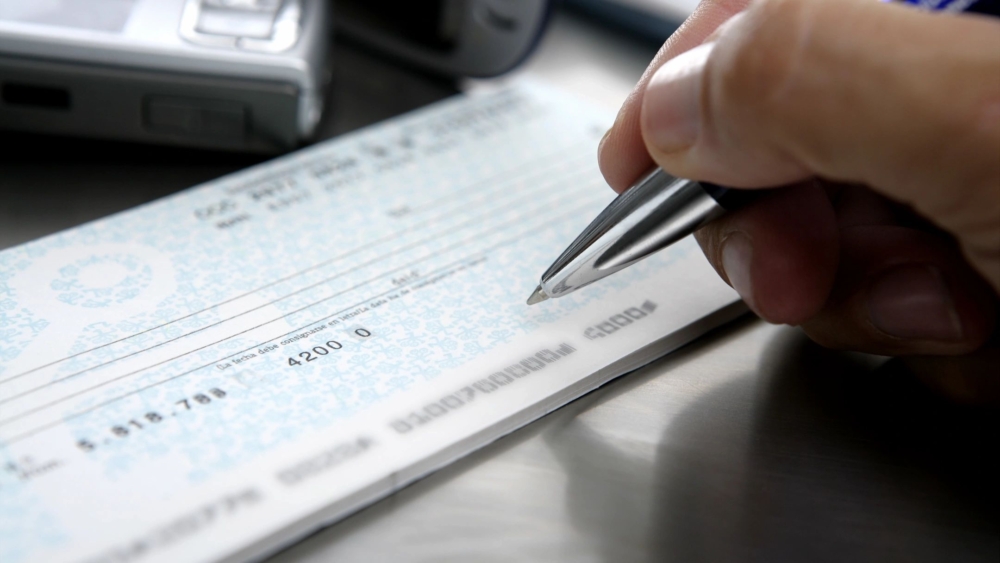If you need to send money but don’t want to use a personal check or electronic transfer, a money order can be a great option. But where can you get one? There are several places to purchase a money order, including banks, post offices, and retail stores. Read on to learn more about where to get a money order and how to get one quickly and easily.
What is a money order and why would you need one
A money order is a payment method that is similar to a check, but it is prepaid and guaranteed by the issuer. It is often used when a person needs to send money to someone else but doesn’t want to use cash or a personal check. Money orders are also commonly used for transactions that require a more secure form of payment, such as when paying rent or making a large purchase. They can be purchased for a small fee and are available in various denominations.
Where to get a money order at a bank or credit union
One of the most common places to get a money order is at a bank or credit union. Many financial institutions offer money orders for a small fee, typically ranging from $1 to $5. To get a money order at a bank or credit union, you will need to visit a branch location and provide the amount you want the money order for, as well as the name of the recipient. You will then need to pay for the money order with cash or a debit card. Once you have the money order, you can send it to the recipient through the mail or in person.
Where to get a money order at a post office or retail store
In addition to banks and credit unions, you can also get a money order at a post office or retail store. The United States Postal Service offers money orders for a fee of $1.25 to $1.75, depending on the amount of the money order. Retail stores such as Walmart, CVS, and 7-Eleven also offer money orders for a fee, typically ranging from $0.70 to $1.50. To get a money order at a post office or retail store, you will need to provide the amount you want the money order for and the name of the recipient. You will then need to pay for the money order with cash or a debit card. Once you have the money order, you can send it to the recipient through the mail or in person.
How to fill out a money order correctly
Filling out a money order correctly is important to ensure that it is processed and delivered to the intended recipient. Start by writing the name of the recipient in the “Pay to the Order Of” field. Next, write your own name and address in the “Purchaser” or “Sender” field. In the “Memo” field, you can write a note to the recipient or leave it blank. Finally, sign the money order in the designated field. Be sure to keep your receipt and any other documentation in case there are any issues with the money order.
Tips for using money orders safely and securely
Money orders are a safe and secure way to send money, but it’s important to take some precautions to ensure that your transaction goes smoothly. First, only purchase money orders from reputable sources, such as banks, post offices, or retail stores. Avoid buying money orders from individuals or online sources that you don’t trust. Second, keep your receipt and any other documentation related to the money order in a safe place. This will be important if there are any issues with the transaction. Finally, never send money orders through the mail unless you use a secure and trackable method.
Getting a money order is like a work of art, you have to choose which one you want to buy at the best price and the right location. Buying a money order the right way is defiantly part of having Smart Financial Goals.
